NASA has been planning to send astronauts back to the moon for the past decade. The last moon landing occurred in 1972 with Apollo 17, the final mission of the Apollo program.
The project, named Artemis 3, includes a plan to send four astronauts in flight around the moon and a plan for a human moon landing. NASA originally wanted to send the astronauts in late 2024, but the flight has been bumped to September 2025 and the landing to September 2026.
Why Has NASA’s Moon Landing Project Been Delayed?
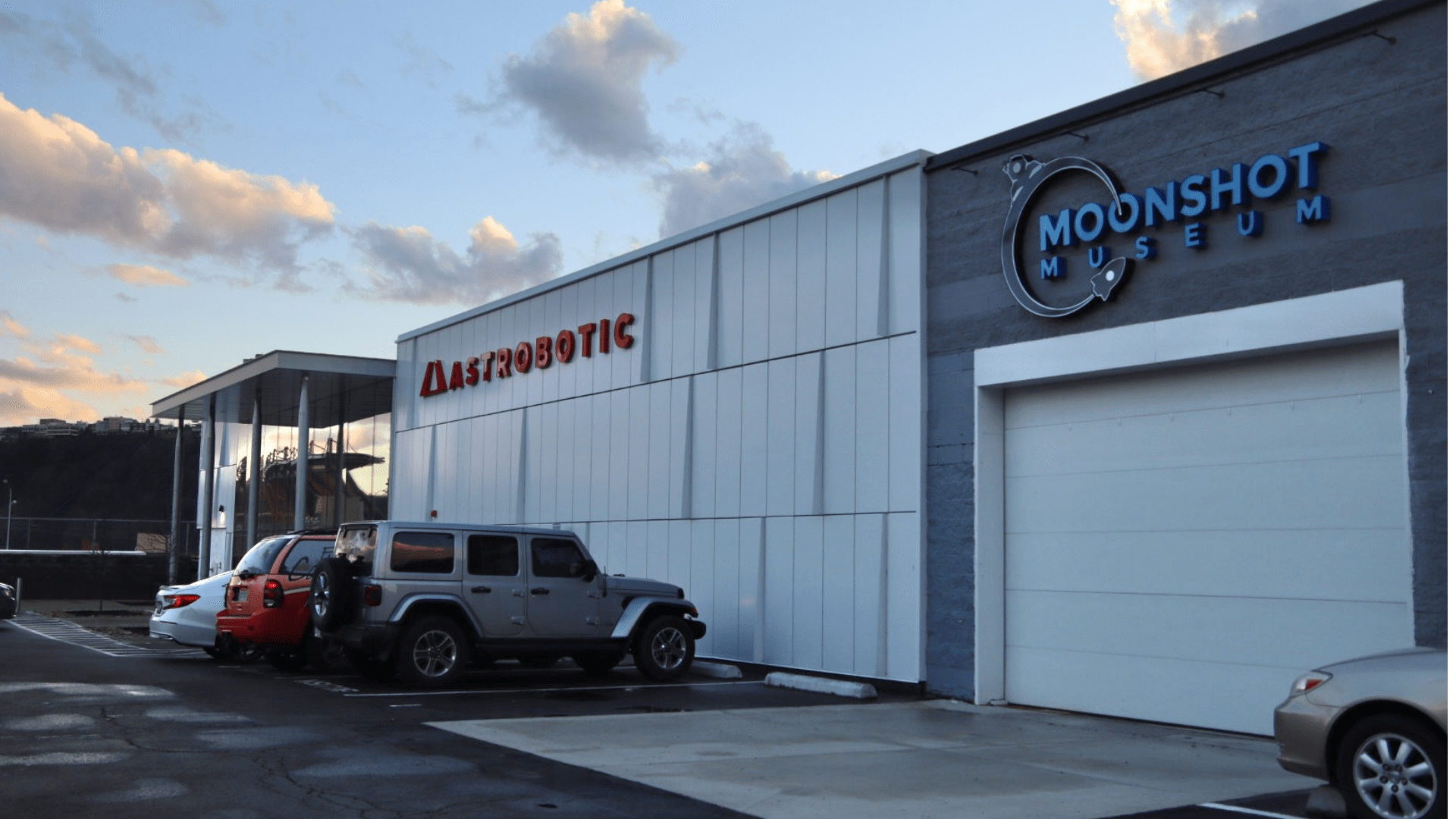
The delay of Artemis 3 is due to a range of technical and safety issues that have come up.
NASA has been partnering with private companies to help develop the rockets for its new moon-landing program, including Astrobotic Technology and SpaceX. The test launches have not been going as planned.
Astrobotic Technology’s Failed Lander
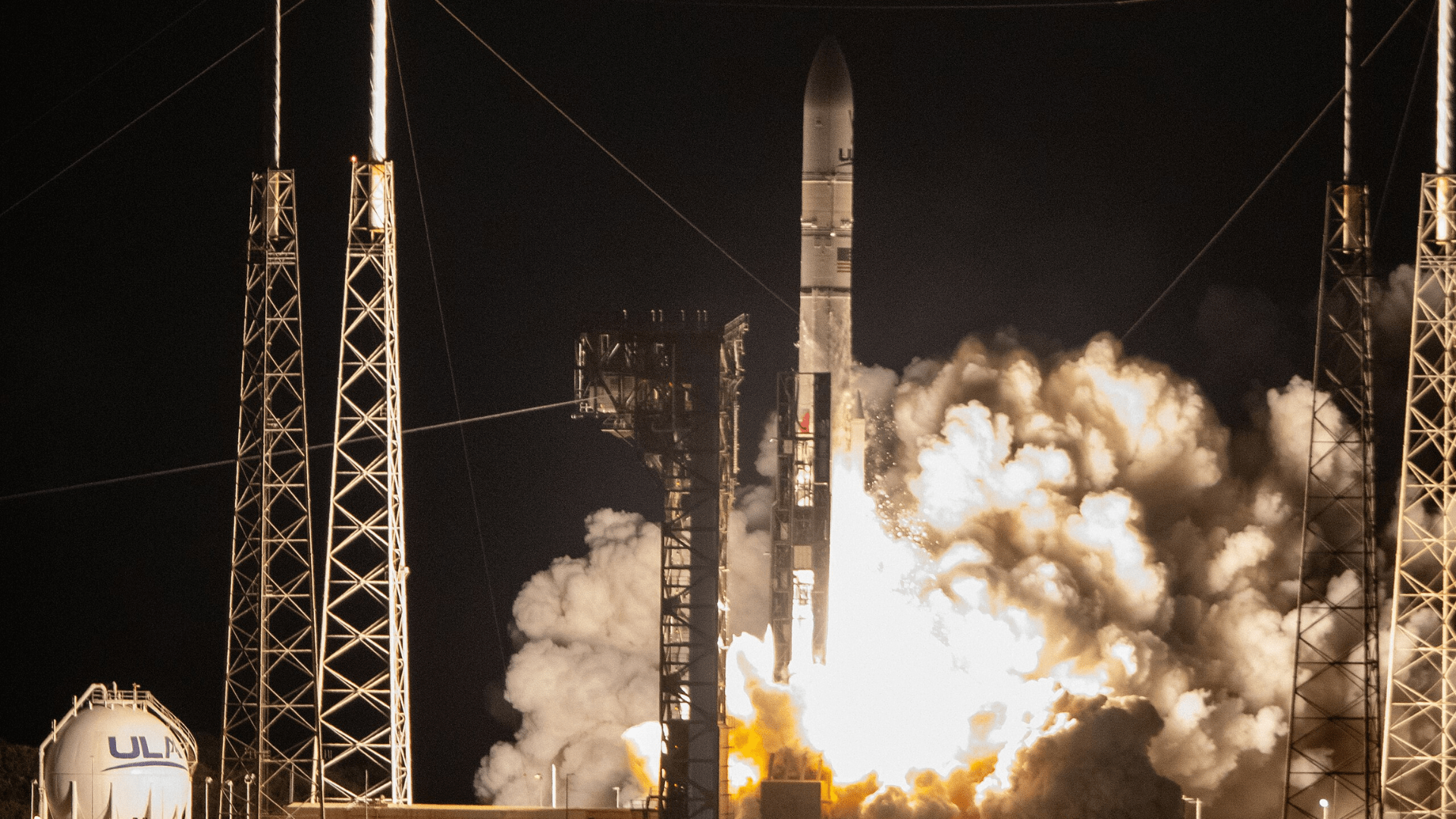
Pittsburgh-based Astrobotic Technology developed their Peregrine Mission One lander to be used as a scout for the astronauts. Things, however, have gone awry.
After its successful launch, the Peregrine lander’s propulsion system experienced an anomaly. It was identified as a fuel leak. Astrobotic stated on X that “Given the propellant leak, there is, unfortunately, no chance of a soft landing on the moon.” Another company out of Houston is now preparing for a new lander attempt next month.
SpaceX’s Mega Rocket Setbacks
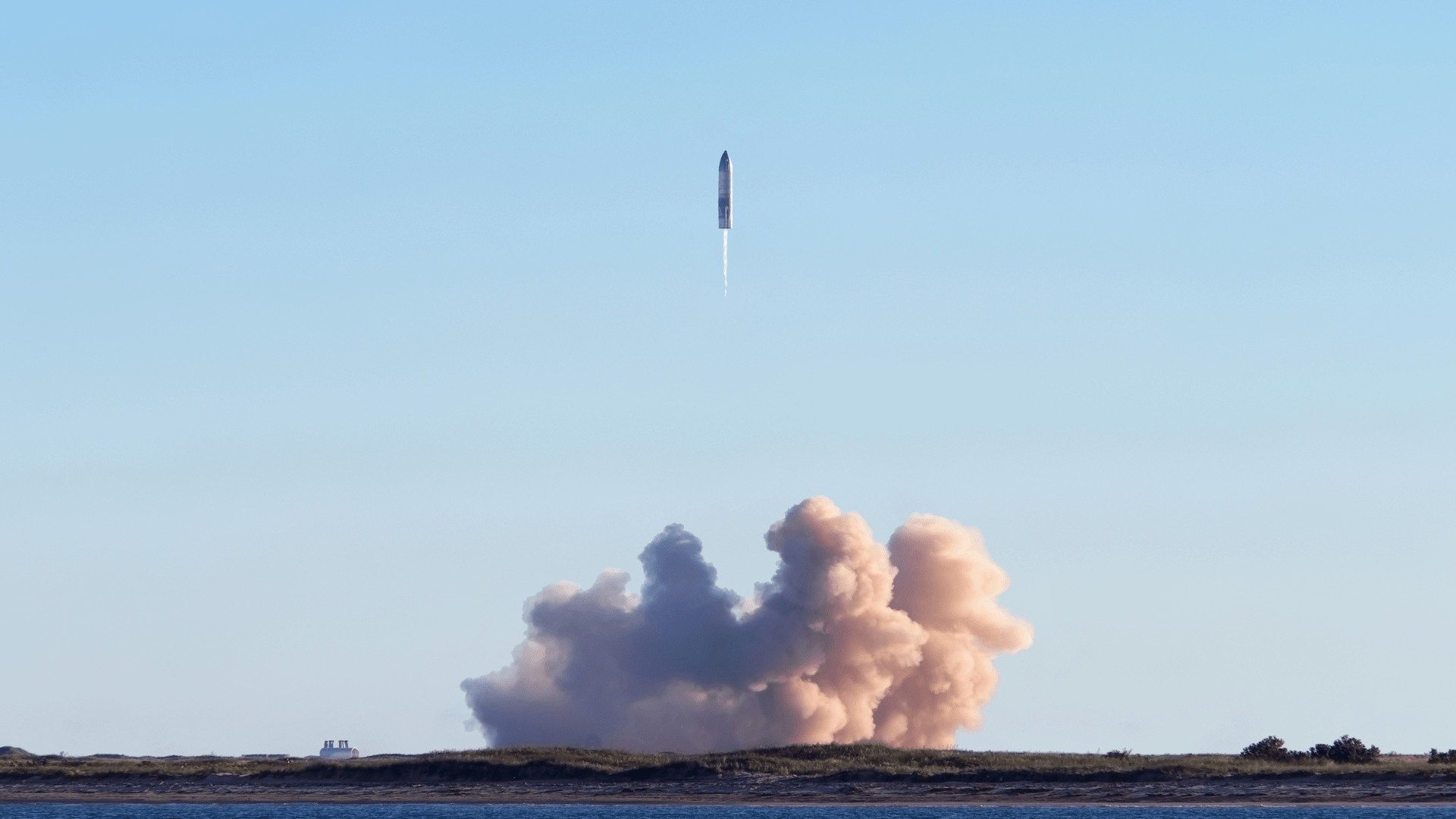
SpaceX has been developing and testing a rocket named Starship to carry the astronauts who will walk on the moon. Unfortunately, the company is facing significant delays.
Starship has been launched out of Texas twice so far, and has exploded over the Gulf of Mexico both times. Until SpaceX can get their rocket into orbit, the longer NASA will have to wait to execute its long-awaited return to the moon.
Technical Difficulties With SpaceX Rocket
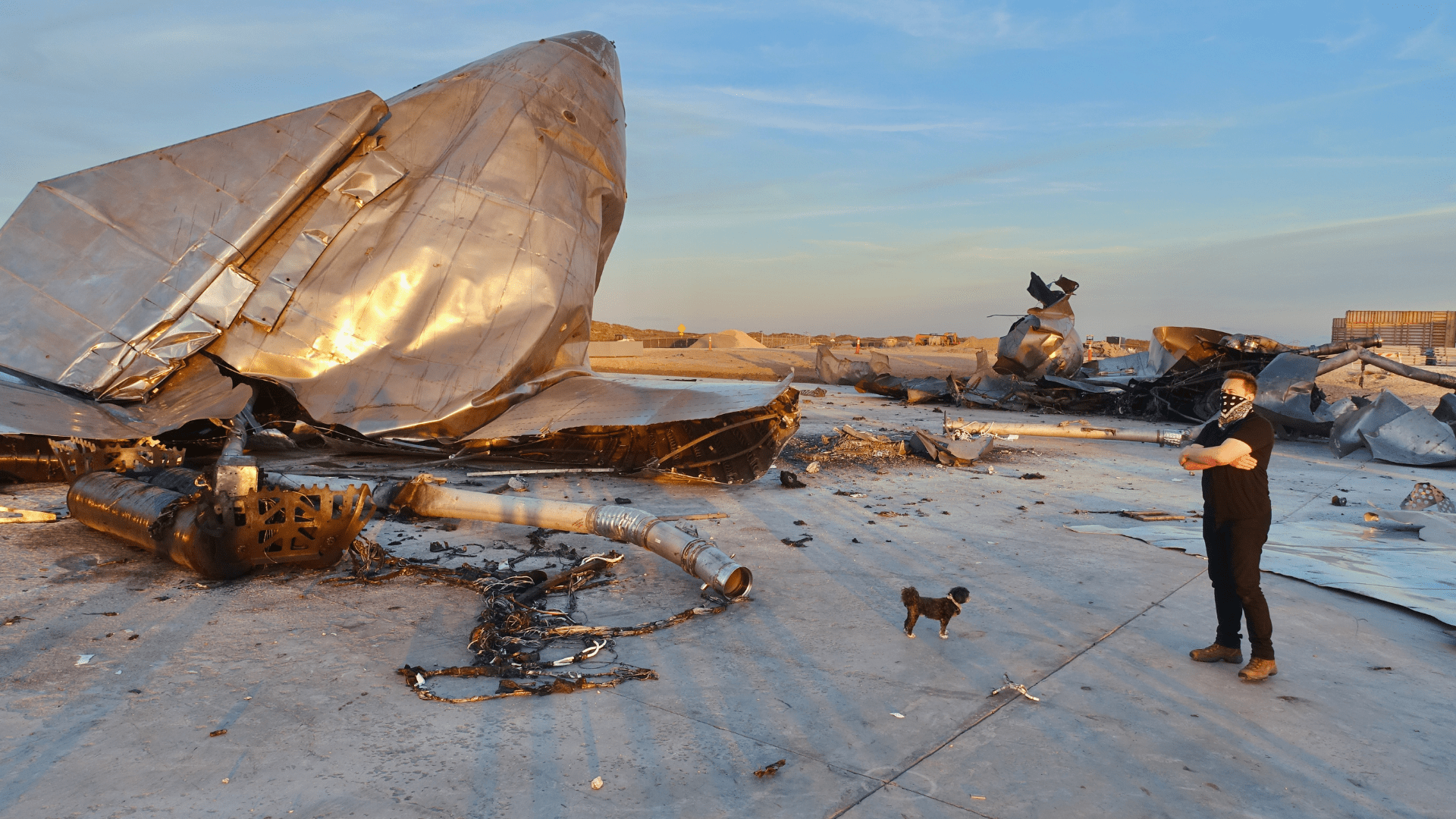
SpaceX’s Starship was planned to be a two-stage rocket, but the separation has not yet worked properly.
After the explosion in April 2023, the Federal Aviation Administration opened an investigation of the rocket before SpaceX could be cleared to test it again. In total, they issued 63 corrections SpaceX must make to their Starship before it can be launched again.
Axiom Space Moonwalking Suit Mishap
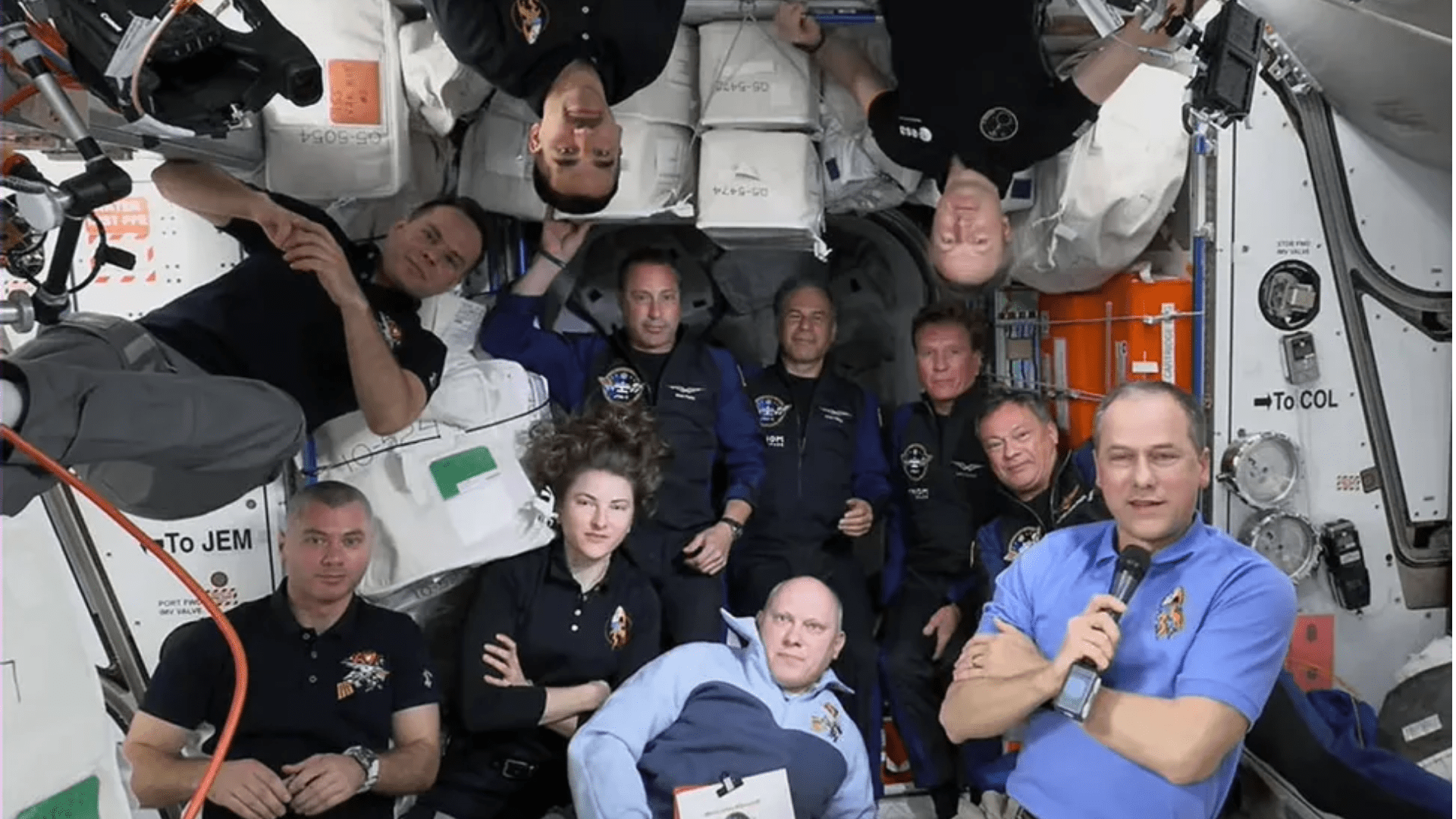
There is yet another potential hurdle that NASA might face with a private company they outsourced the creation of moonwalking suits to.
Houston’s Axiom Space has been recruited to develop the astronauts’ suits. With yet another commercial outsourcing, it is possible NASA may encounter another setback with Axiom Space, though all parties remain hopeful.
Could the Delay Be Even Longer?
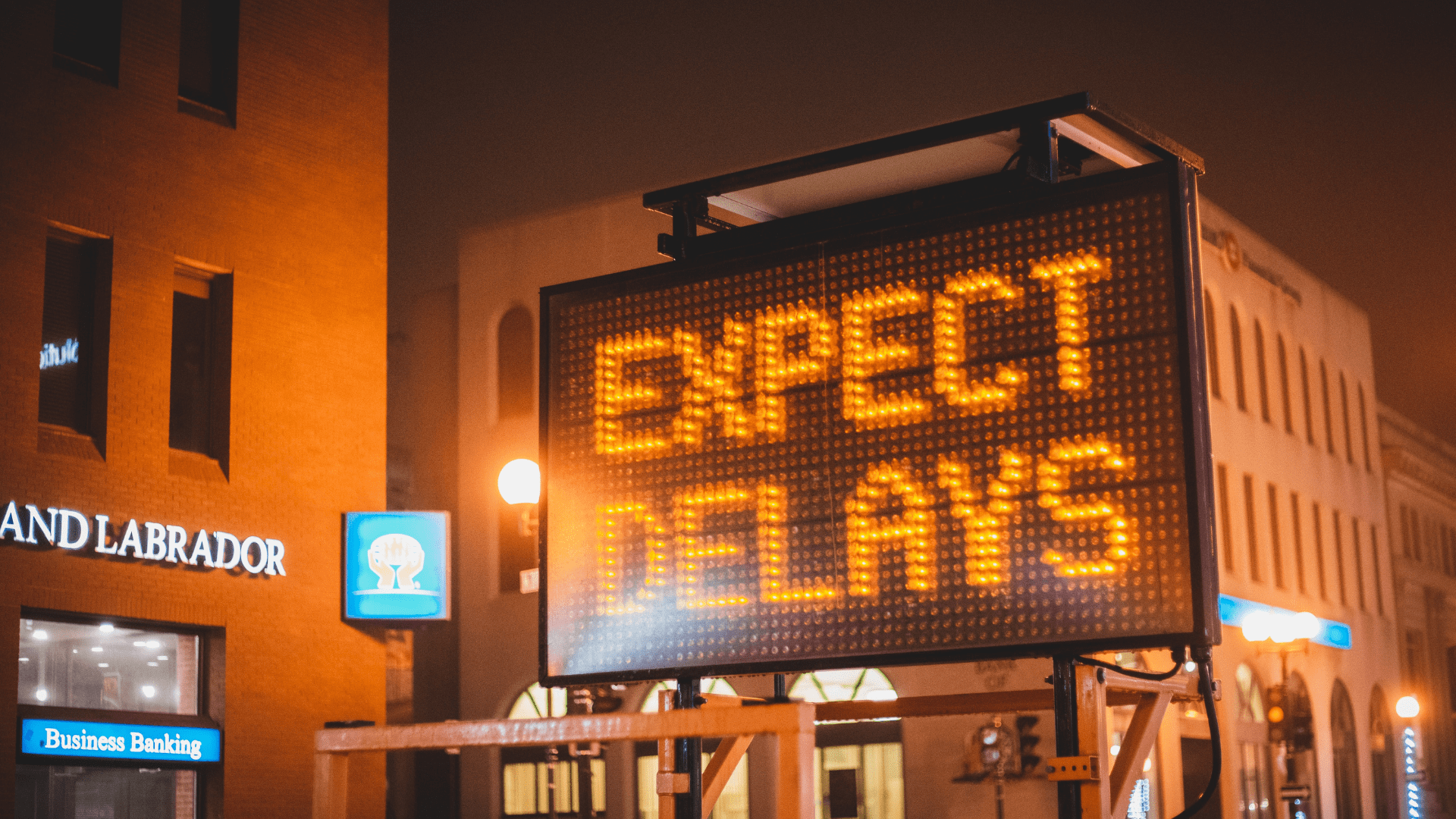
A recent statement issued by the Government Accountability Office warns that NASA may be looking at a 2027 moon landing.
It seems that the government believes Elon musk’s Starship simply has too many hurdles to be adequately prepared for a fall 2026 launch. NASA’s deputy associate administrator, Amit Kshatriya, says that “We need them all to be ready and all to be successful in order for that very complicated mission to come together.”
Only One Successful Launch So Far
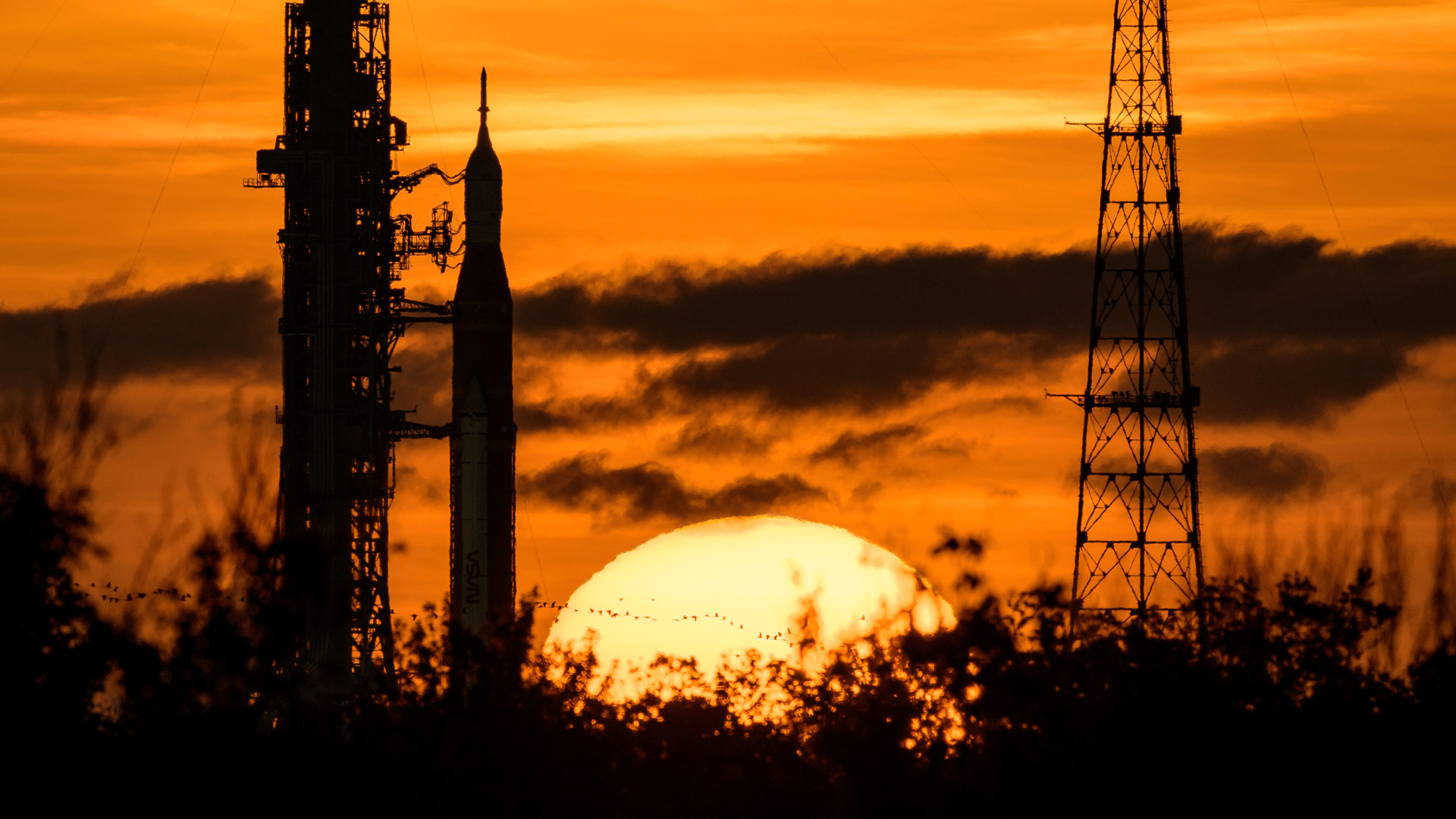
NASA has only completed a single successful launch for the Artemis project thus far. A November 2022 launch of its SLS rocket worked according to plan.
The rocket was able to send an unmanned Orion capsule into lunar orbit and then return it to the Earth. This is the same capsule that NASA plans to use to send astronauts to and from the surface of the moon.
SpaceX’s Orbiting Fuel Depot
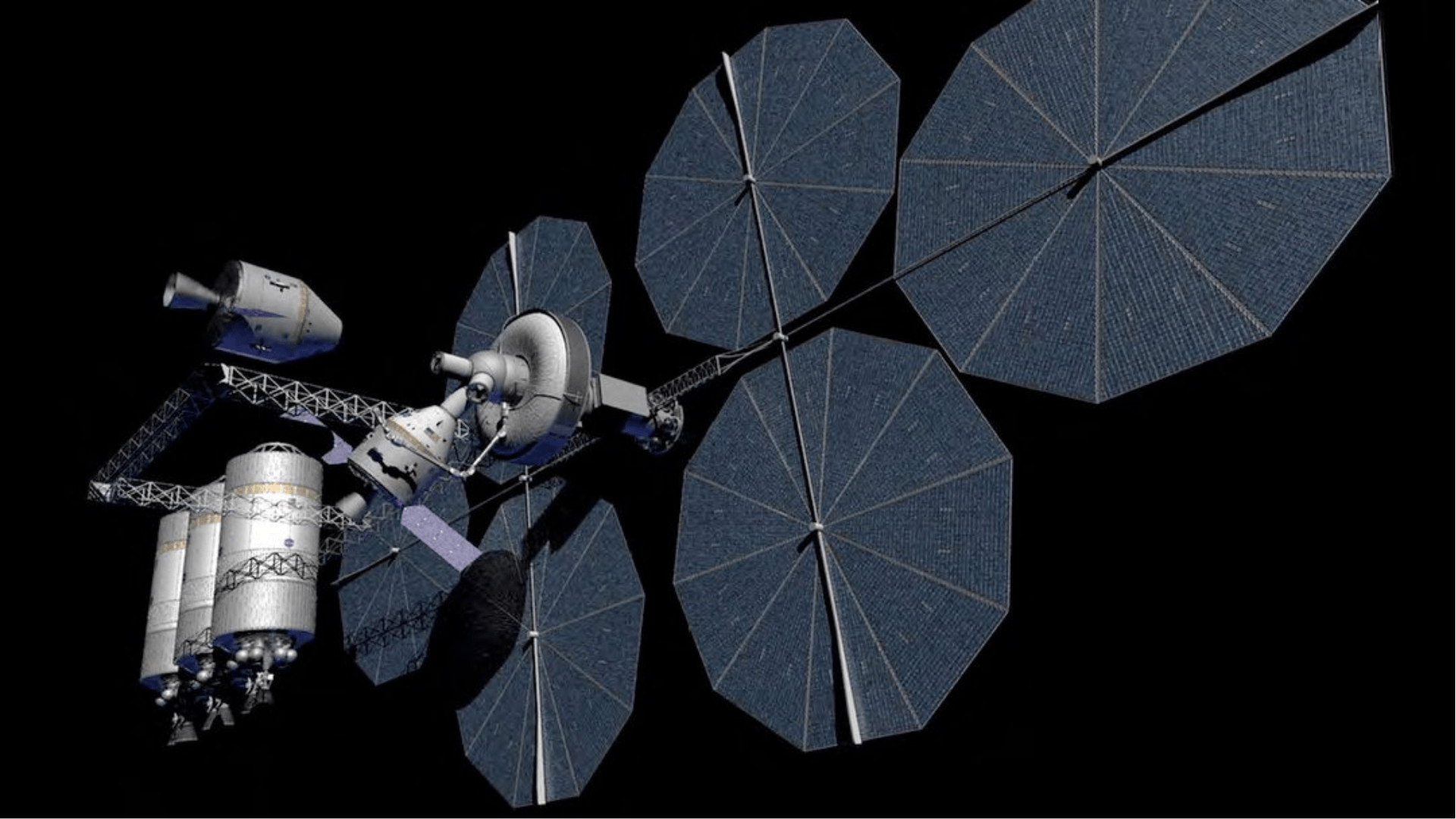
The massive SpaceX Starship rocket creates yet another hurdle for NASA, as it will require refueling in Earth’s orbit prior to continuing on to the moon.
SpaceX is developing an orbiting fuel depot to accomplish the task, but the company has yet to demonstrate any execution of this crucial aspect of the Artemis 3 mission.
The Rising Costs of Delays

The numerous hurdles and setbacks that NASA has faced over the past decade while developing their moon program has become incredibly costly.
Billions and billions of dollars have been tied up into the delayed project. Audits from the U.S. government project that the total Artemis mission cost will hover at $93 billion through the end of 2025.
What Artemis 3 Will Look Like When it Happens

When it finally does happen, Artemis 3 will land the first woman and the first person of color on the moon–Christina Koch and Victor Glover.
The project will also utilize cutting edge technologies to allow the U.S. to explore more of the moon’s surface than ever before.
Pie in the Sky?

Will the Artemis 3 project forever remain pie in the sky? With so many technical hurdles impeding the safety of NASA’s future trip to the moon, it can certainly feel that way.
Of course, the space agency is dead set on completing the project, and their strategic commercial partners will either rise to the challenge and fix their issues, or NASA will move on and find new companies who will execute. The success of the project is really only a matter of time.
